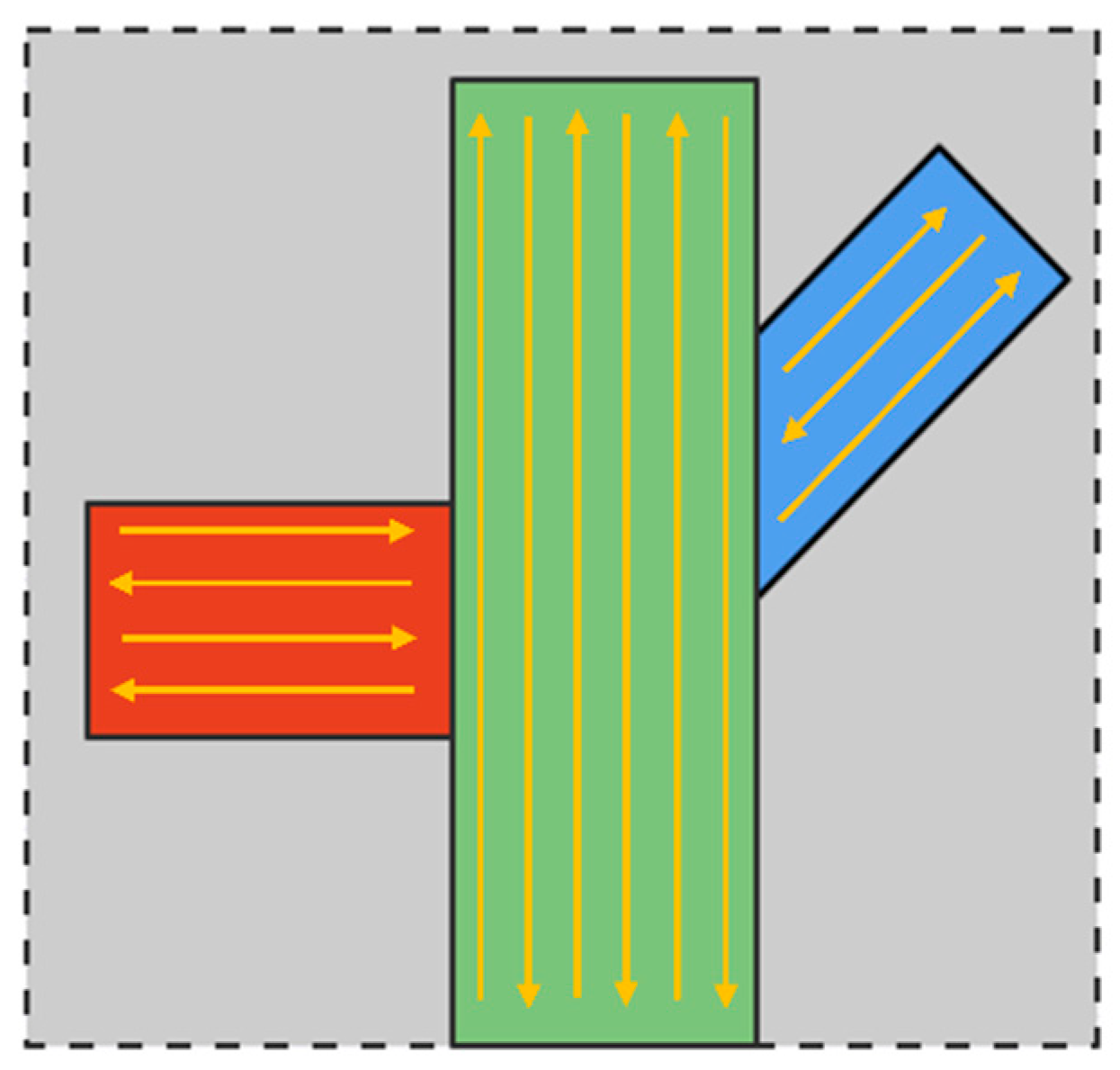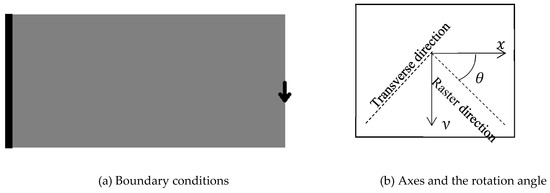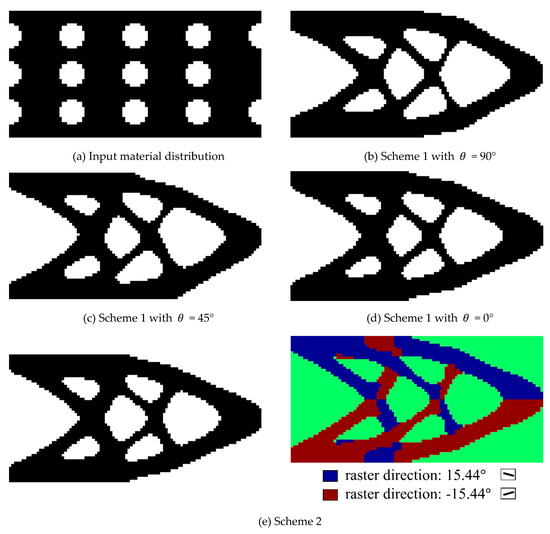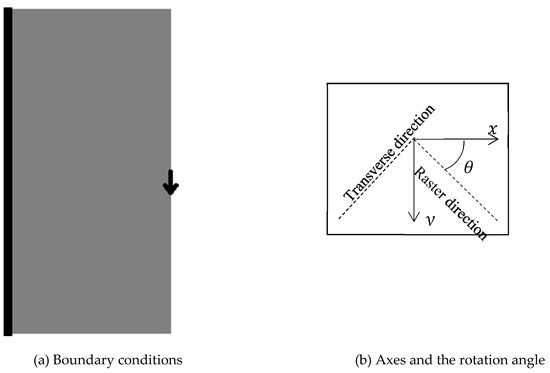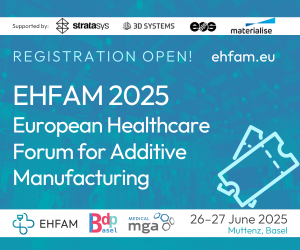Researchers from Canada and China have created a new technique for improving 3D printing, outlined in the recently published ‘Topology Optimization for Multipatch Fused Deposition Modeling 3D Printing.’ The authors point out that as digital fabrication progresses further, new design rules are emerging, as well as constraints. These are related to supports and post-processing, size limitations, directional material properties, cellular structure, topology design, and more.
Constrictions caused by anisotropic properties of AM materials motivated the researchers to create a hybrid topology optimization method for this study. As directional material properties are related to the layering process, variations must be considered. With topology optimization, they can be handled, along with improving performance in printing through optimizing filament paths.
The new technique proposed in this study ‘evolves from the traditional material/void interface design to a more sophisticated problem involving multiple levels of design freedom.’ These levels include the design domain, material domain, and the sub-material domain. Optimization for this study is meant to deal with all design variables involved.
“Specially, the material domain is defined by a level set function and then optimized through level set topology optimization,” explain the authors. “The sub-material domains are not clearly distinguished from the beginning; instead, the candidate deposition directions are interpolated under the discrete material optimization (DMO) scheme with density variables. The sub-material domains will gradually emerge with the penalization of the density variables.”
Two categories are involved with optimization of anisotropy:
- Topology optimization with discrete raster angles – offering the most design space, but not ‘directly used for 3D printing.’
- Topology optimization with continuous raster angles – allows for equidistant and continuous deposition paths but is extremely constrained by the contour-offset path pattern.
Ultimately, the authors strive to balance manufacturability with the allowed design space.
Several case studies were included as the research team assessed their new techniques, using ‘structured mesh with elements of unit size (1 by 1)’ in each example. A cantilever problem was examined as the researchers attempted to control structural compliance. In this case study, the maximum material volume had a ratio of 0.5, while the design domain measured 100 mm x 100 mm.
Two schemes were evaluated, including a fixed uniraster direction of 90°, 45° or 0°, and another featuring two flexible raster directions starting from ±45°.
A short cantilever problem was also considered, with the same optimization schemes.
Last, the research team examined the Michell structure, applying a force of 1 kN, using the same two schemes as in the previous examples, but also employing a new topology optimization scheme featuring three ‘designable raster directions.’

MBB structure optimization results (the blue color shows the converged ρe1=1, the red color shows the converged ρe2=1, the yellow color shows the converged ρe3=1, and the green color shows the misconverged or void areas).

MBB structure optimization result with a finer mesh (compliance = 86.95J). (The blue color shows the converged ρe1=1, the red color shows the converged ρe2=1, and the green color shows the misconverged or void areas).
“In the future, the optimally designed parts are expected to be printed out so that their structural performance can be validated through experimental tests. In addition, the potential extension to multi-material, multipatch additive manufacturing will be explored,” concluded the researchers.
“In the current study, a unidirectional zigzag deposition path is defined inside each patch for the sake of simplicity. In fact, the deposition path pattern of each patch can be extended to more complex patterns other than the zigzag to achieve an even better design performance. Therefore, this aspect will be explored in our future work as well.”
As industrial users and researchers continue to conquer problems in 3D printing and additive manufacturing, studies are performed in other areas too such as topology optimization for automotive components, refining actuation systems, and other opportunities to add innovation. What do you think of this news? Let us know your thoughts! Join the discussion of this and other 3D printing topics at 3DPrintBoard.com.
[Source / Images: ‘Topology Optimization for Multipatch Fused Deposition Modeling 3D Printing’]Subscribe to Our Email Newsletter
Stay up-to-date on all the latest news from the 3D printing industry and receive information and offers from third party vendors.
Print Services
Upload your 3D Models and get them printed quickly and efficiently.
You May Also Like
Inside The Barnes Global Advisors’ Vision for a Stronger AM Ecosystem
As additive manufacturing (AM) continues to revolutionize the industrial landscape, Pittsburgh-based consultancy The Barnes Global Advisors (TBGA) is helping shape what that future looks like. As the largest independent AM...
Nikon Advanced Manufacturing & ASTM International Form Partnership to Bolster U.S. Defense Supply Chain
Nikon Advanced Manufacturing Inc., the California-based, end-to-end metal additive manufacturing (AM) company, has signed a Memorandum of Understanding (MoU) with standards organization ASTM International to work together on multiple efforts...
PostProcess CEO on Why the “Dirty Little Secret” of 3D Printing Can’t Be Ignored Anymore
If you’ve ever peeked behind the scenes of a 3D printing lab, you might have caught a glimpse of the post-processing room; maybe it’s messy, maybe hidden behind a mysterious...
From Rapid Qualification to On-ship 3D Printing, ABS Sets New Standards in Maritime AM
The American Bureau of Shipping (ABS) is taking significant strides in advancing additive manufacturing (AM) within the maritime sector. Amidst increasing interest and the need for modernization, ABS has been...


